
Designers from Each Country
Designers and artists from all the countries around the world with an embassy in Minato Ward.


Designers and artists from all the countries around the world with an embassy in Minato Ward.
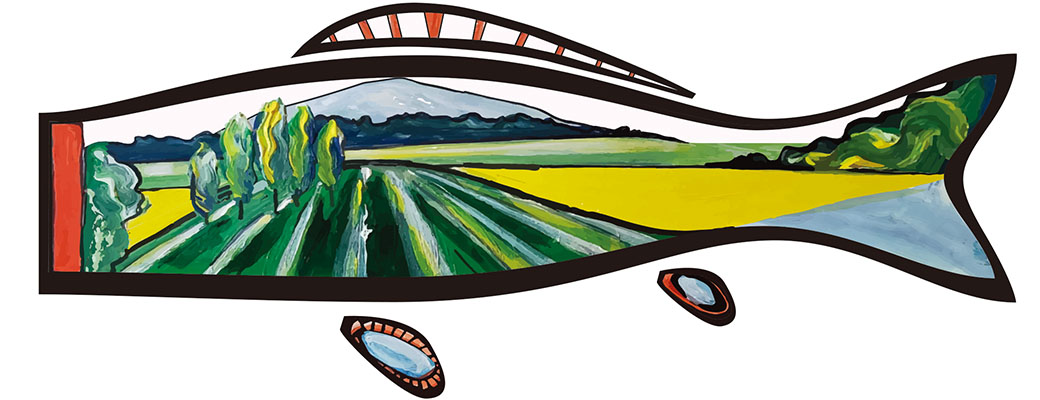
Formal Intellectual landscapes are the series created on Zoia’s endless travels, depicting the beauty of the world.
People are so busy with everyday life problems that rarely seeing beautiful landscapes around them. As well as todays landscapes are very often quite polluted by constructions or advertisements. It is sometimes rather difficult to find a natural beauty of it. Cutting details, refining the essence of the landscape, Zoia is giving for her audience space for their own inner eye to see and imagine. Today she uses painterly gestures to depict the lush landscapes. Heavily influenced by Japanese masters like Yuki Ogura, Hokusai’s landscape and Cezanne’s colour pallet, Skoropadenko embraces the Japanese art philosophy of clear vision, clean lines and bold shapes. 【Created in 2020】
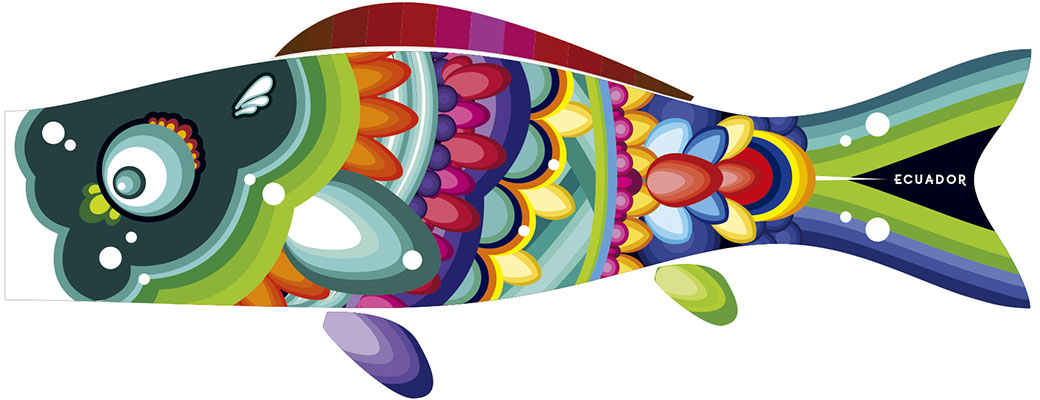
This project got its inspiration from the colorful lands of the Pujilí canton of the Cotopaxi Province. This place displays a wide array of artistic traditions and products such as dances, painting, and pottery. In this case, the focus was on the Tigua community style of painting. This style’s main characteristics are the gradients made by overlapping solid colors, and the brightness of the hues used. The location of inspiration was chosen due to the fact that the designer’s maternal grandfather comes from this canton, he vividly told stories of the magic of Pujilí. This project pays homage to the memories told by him throughout the designer’s childhood. 【Created in 2020】
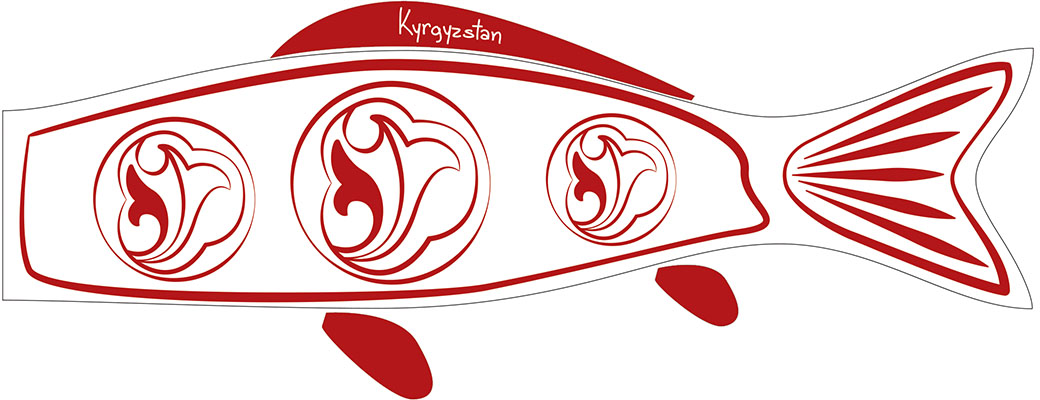
Ancient Kyrgyz believed that Umay’s ornament protects children and mothers from any evil. It is believed that when Umay leaves a child for a long time, the child gets ill and shamans are involved to call Umay back. The smiling of a sleeping baby shows Umay is near it and crying means that Umay has left. At the same time Umay helps people to obtain more food and goods and gives them luck. 【Created in 2020】
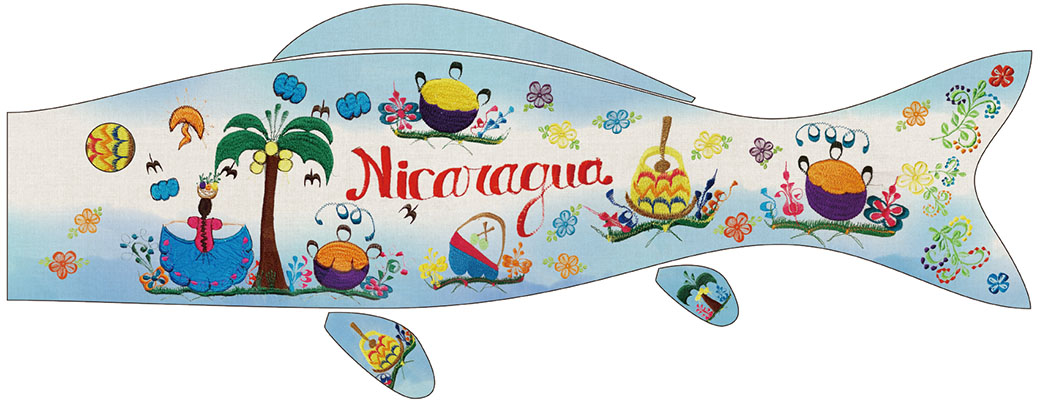
To make people happy by putting a smiling on their face when they see the beautiful colors and unique designs of Nicaragua. 【Created in 2020】
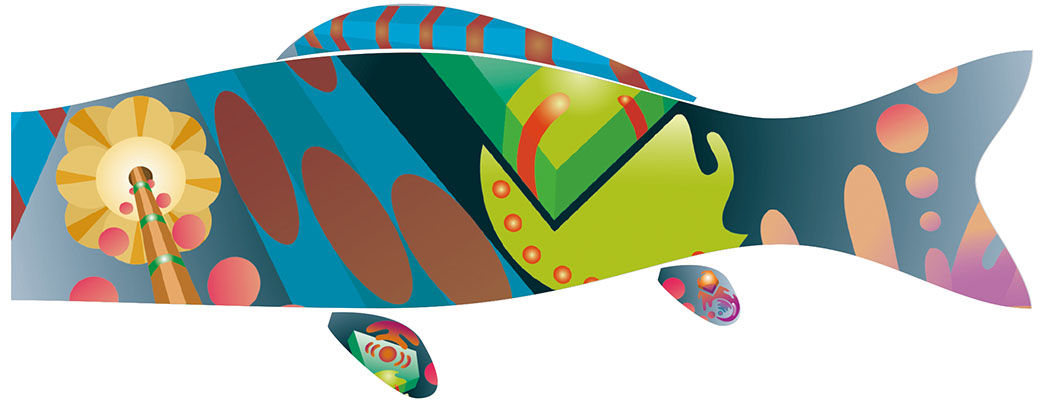
This work uses basic shapes as geometric patterns, and various overlapping elements form the whole piece. These elements are things that everyone sees, but nobody knows what to do with. Using things like that is important to me. 【Created in 2020】
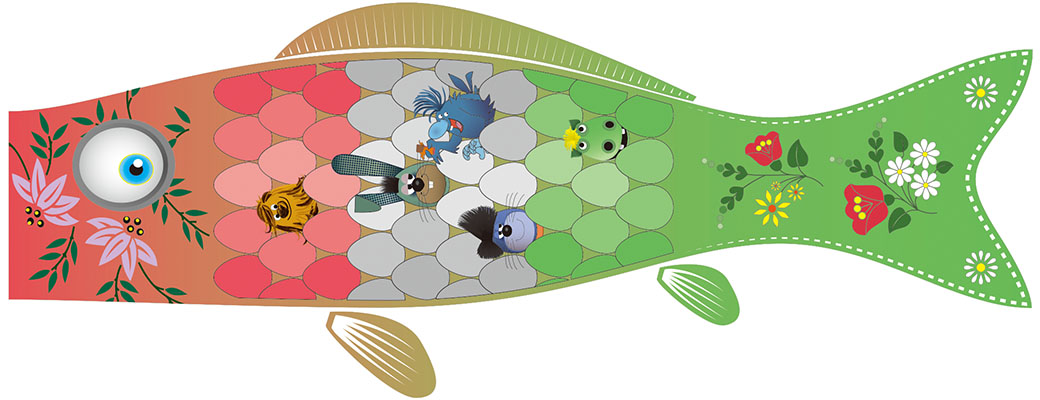
In memory of the beloved Hungarian children’s story writer István Csukás - this artwork was made linking his friendly characters to "Easter egg-fish scales". The design also features the colors of the national flag and traditional patterns of his homeland, Hungary.
Note: This work includes character designs by the following artists: Ferenc Cakó, Mária Krakovszky, Sándor Lévai, Gyula Pölöskei, Ferenc Sajdik and László Szabó 【Created in 2020】
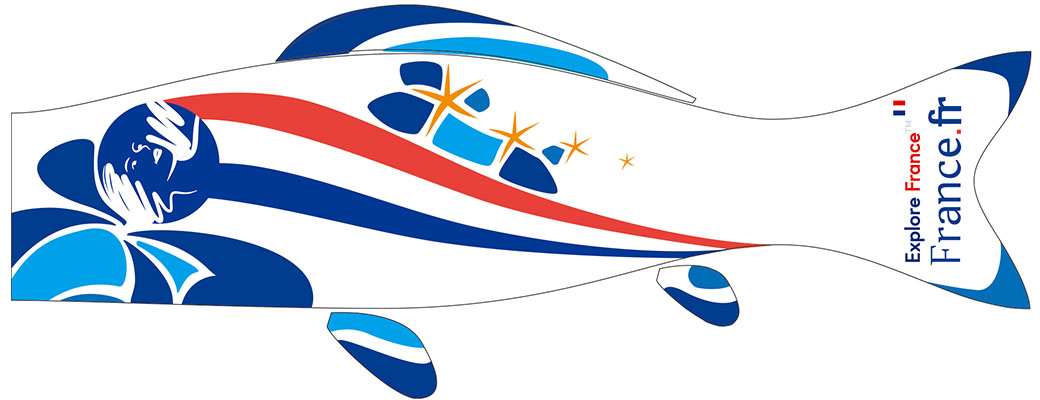
France is a country surrounded my seas but also has a wide diversity of islands. I wanted to take all of that heritage and create a design that would elevate this background. The patterns used in the Koinobori would represent France itself but also elements that are close to the sea and water. I do believe that Koinobori was a perfect canvas for that. 【Created in 2020】
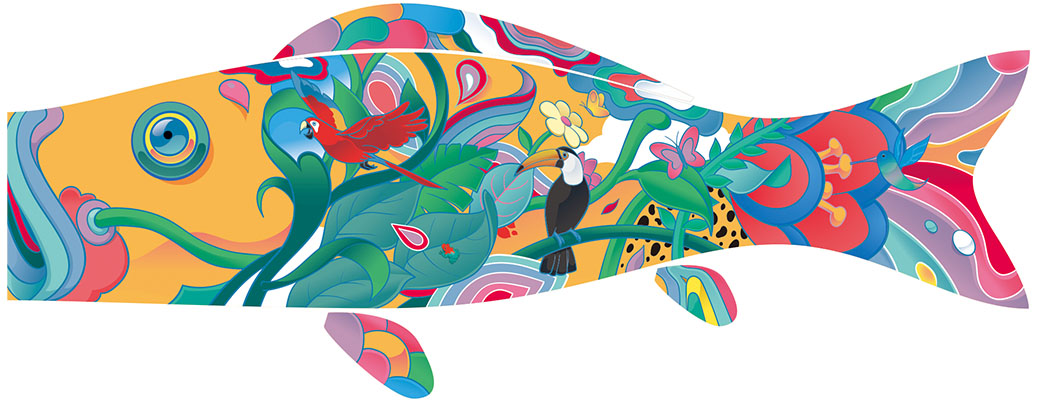
The Koinobori design was projected to value some of the greatness of Brazil. 【Created in 2020】
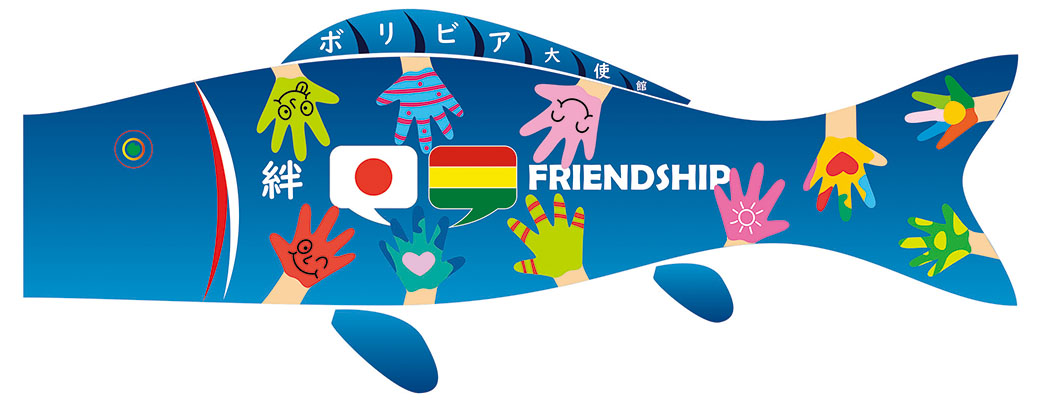
The relationship of exchange and friendship strengthens and improves every year between Bolivia and Japan. My wish is to express that with everyone's effort, we have a better coexistence and by building a multicultural society. 【Created in 2021】
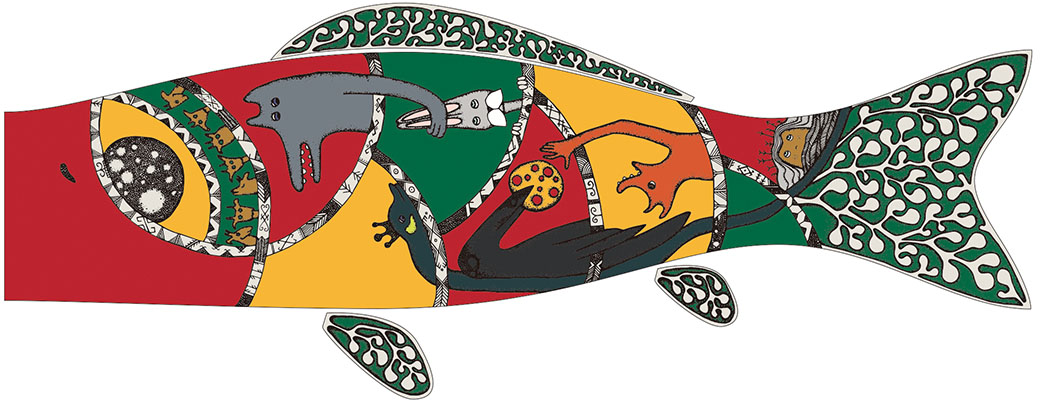
The Lithuanian koinobori's design incorporates characters from Lithuanian folklore and fairy tales. It carries the hope that Japanese children will believe in their own imagination and grow up with ingenuity. 【Created in 2020】

As a Persian, Arabic, Turkish, and English speaker, Nancy Nameh has always been interested in exploring various cultures and their traditions through art. Since moving to Japan, she has also been studying Japanese culture and language (hiragana, katakana). In this design, she brings her cross-cultural considerations to portray a Lebanese and Japanese Woman. Through their different cultures, she explores the significance and role of women and motherhood, stemming from the idea that motherhood is central around the world regardless of culture, and is furthermore symbolic of the nurture, growth, and happiness of children. Particularly notable in these designs are the clothing and colors that are symbolic in themselves, and simultaneously express uniqueness and unity. 【Created in 2020】
